Assessment of Wastewater Management Technologies in the Wider Caribbean Region
Assessment of Wastewater Management Technologies in the Wider Caribbean Region
Source:http://www.cep.unep.org
Introduction
The increasing scarcity of water in the world coupled with rapid population growth, particularly in urban areas, is an ever more concerning phenomenon and gives rise to the need for appropriate integrated water resources management practices. Water supply, sanitation and water management are recognised as global concerns and have become a part of the Millennium Objectives. The Heads of State and Government convened at the United Nations 2000 meeting committed –upon adopting the Millennium Objectives– to reduce by half the proportion of world population without access to drinking water or basic sanitation services, and to do so by the year 2015. Water is of vital importance to development. The water and sanitation deficit in the Latin American and Caribbean (LAC) region is a major cause for concern. The LAC region possesses 30 percent of the world’s water resources; however, large segments of the population live in areas where water –when it exists– is either scarce or polluted. In addition, the distribution of population with respect to these water resources is highly irregular or inequitable. At present, despite the fact that 86 percent of the region’s population has access to a source of drinking water, only 49 percent has access to sanitation services (Looker, 1998). In the LAC region’s large urban centres, the lack of appropriate sanitation services has resulted in tremendous health problems for the poorest population. It is estimated that close to 150 of the nearly 510 million inhabitants of the region do not have access to any safe source of water at all, and nearly 250 million do not receive sewerage services (Looker, 1998). Many Caribbean islands have a low availability of water, and some of the more populated areas are very limited in this resource. For this reason desalinizing plants have played an important role in some countries such as Antigua and Barbuda, the Bahamas and Barbados. In the cities of the LAC region 13 percent of the population has no access to sanitation services, whereas 7 percent has no access to a source of drinking water. The lack of access to a safe source of water and to sanitation services, together with high population density, generates immense public health problems. In developing nations – where less than 10 percent of wastewater is treated– diarrhoea is one of the primary causes of infant mortality, showing disproportionately high rates in the poor population of these countries. Vector-related disease, such as malaria, also increases in sites containing stagnant wastewater (Looker, 1998).
Only logged in customers who have purchased this product may leave a review.


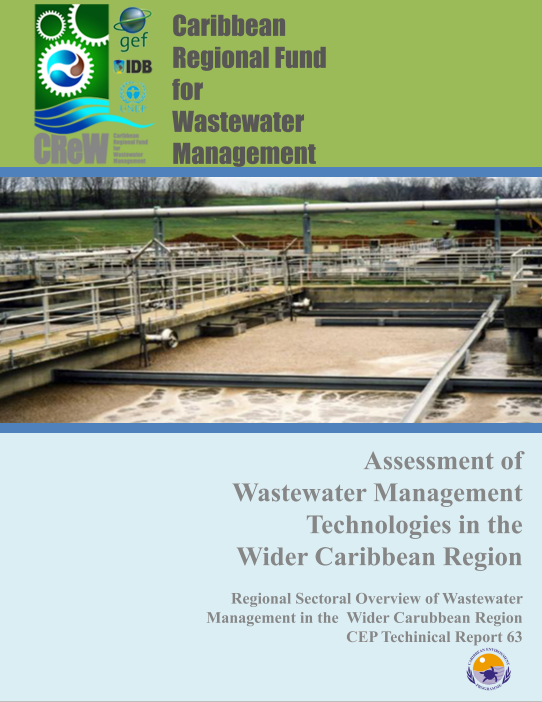
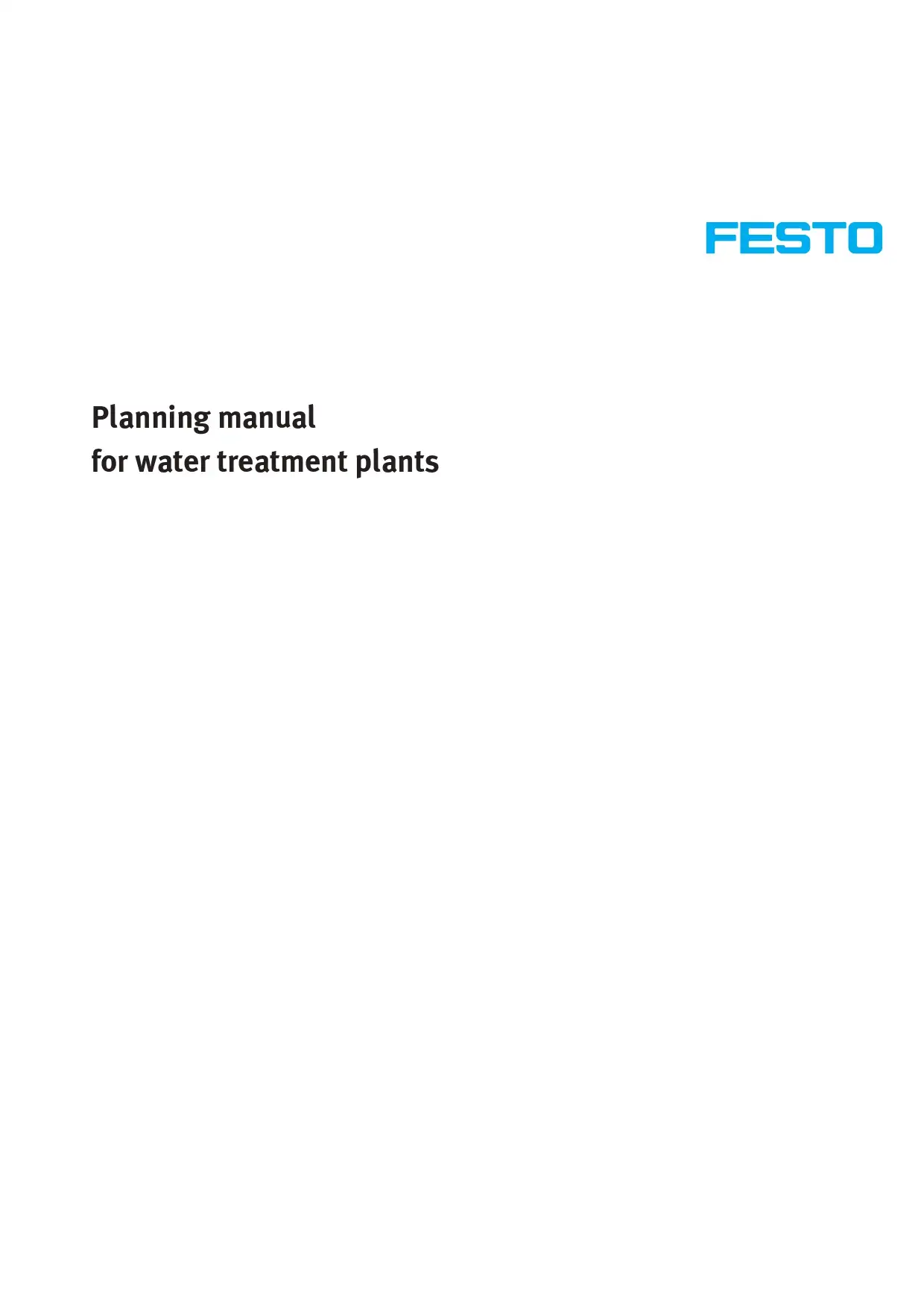
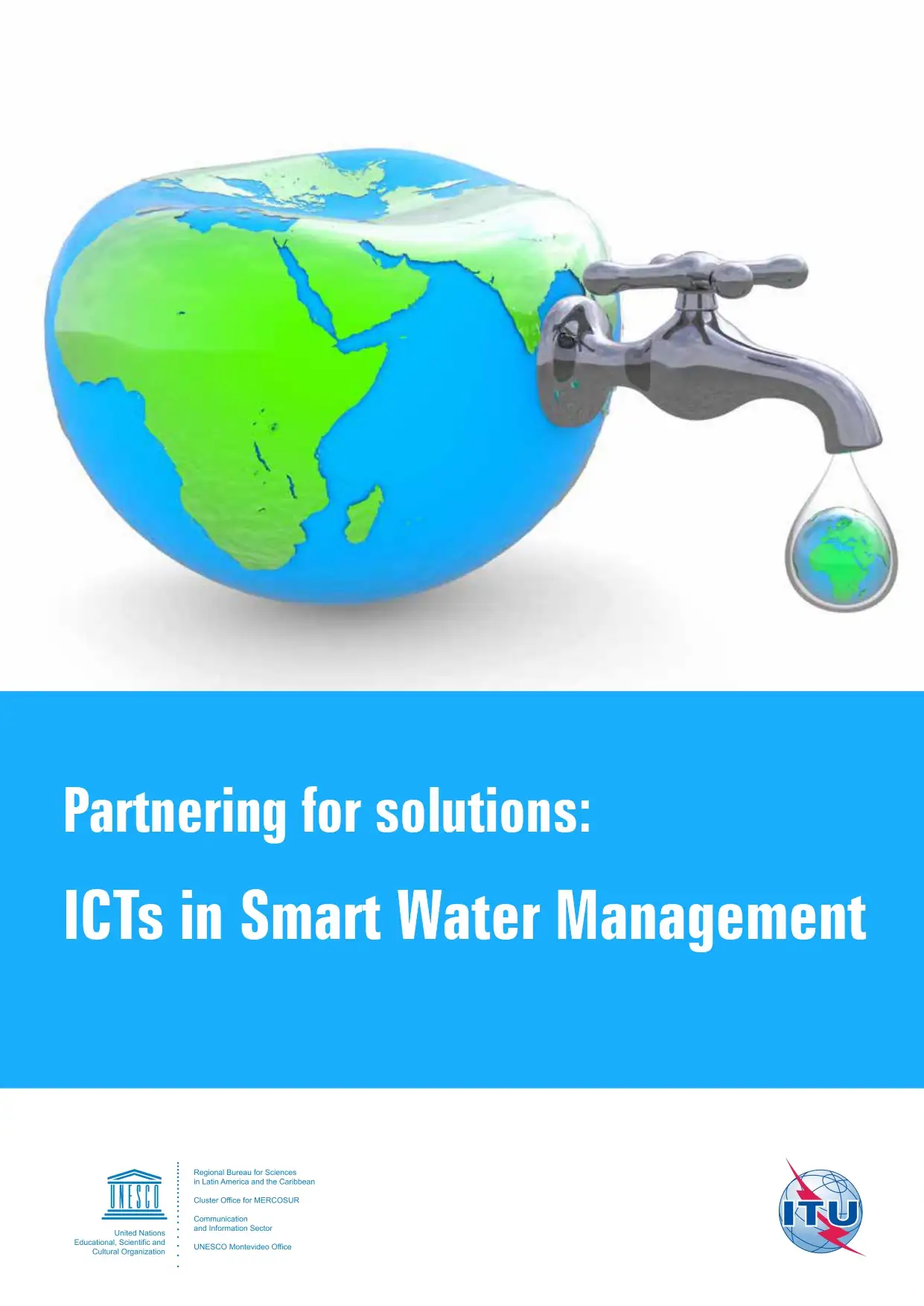

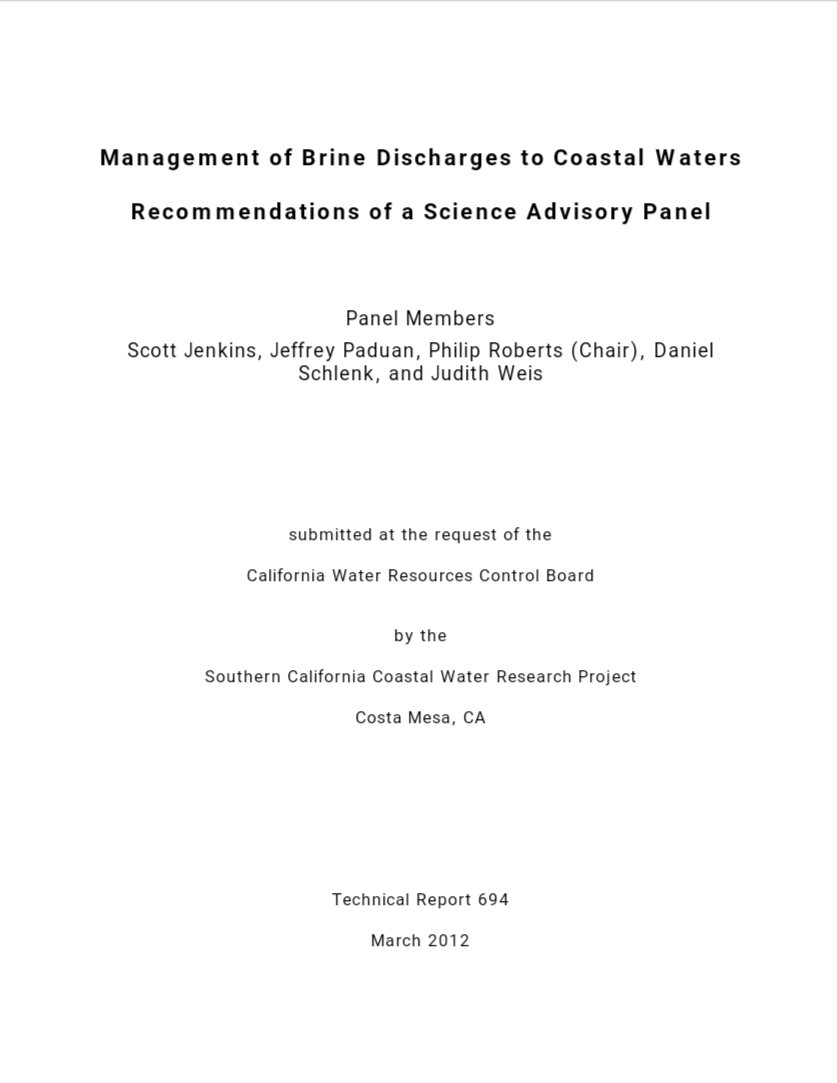
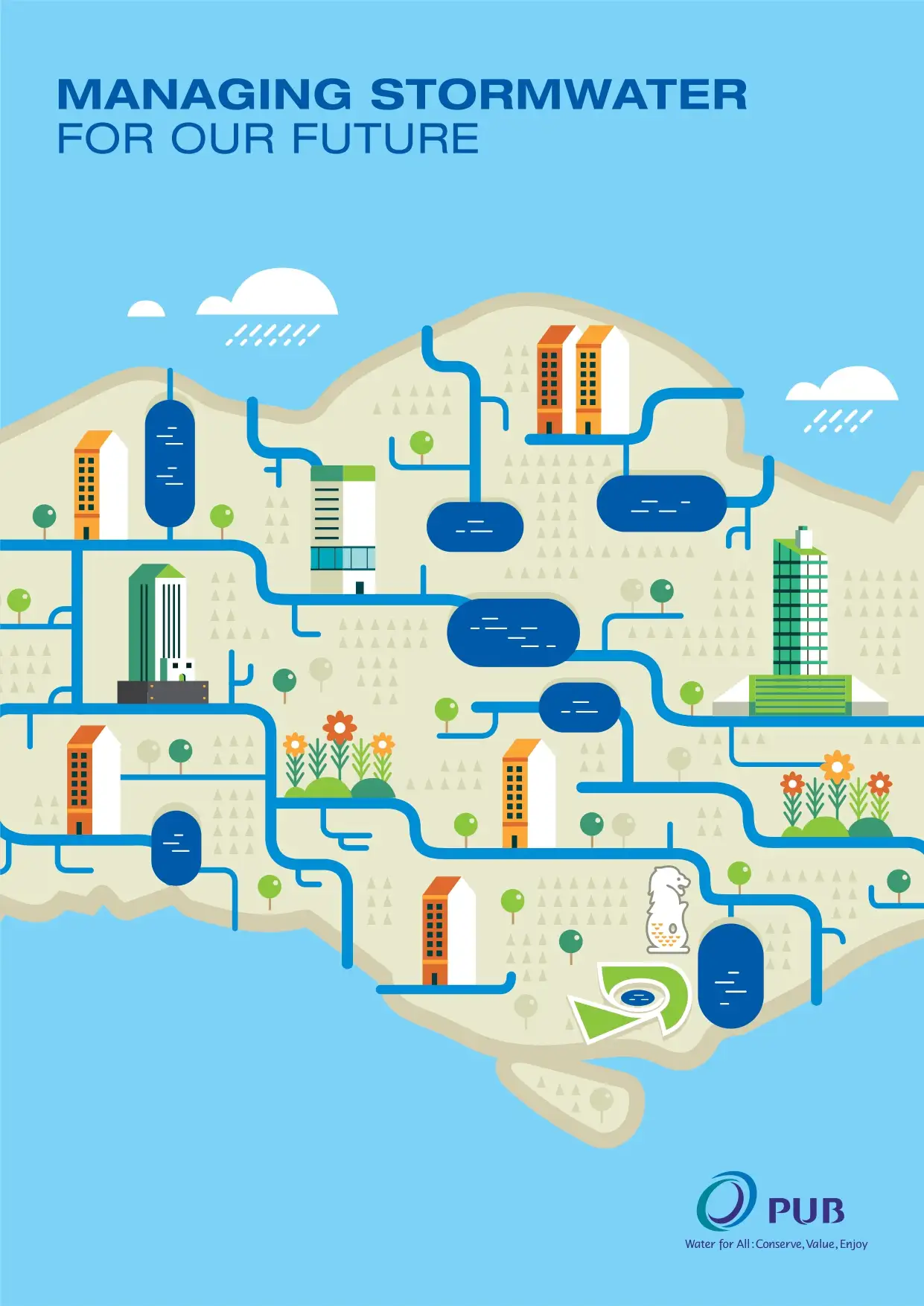

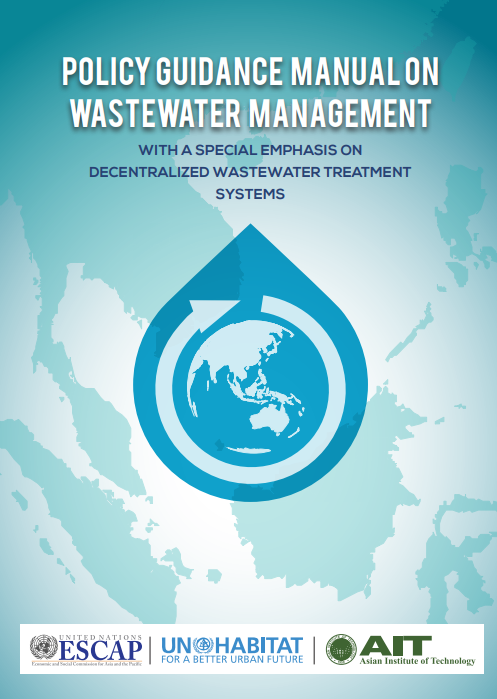
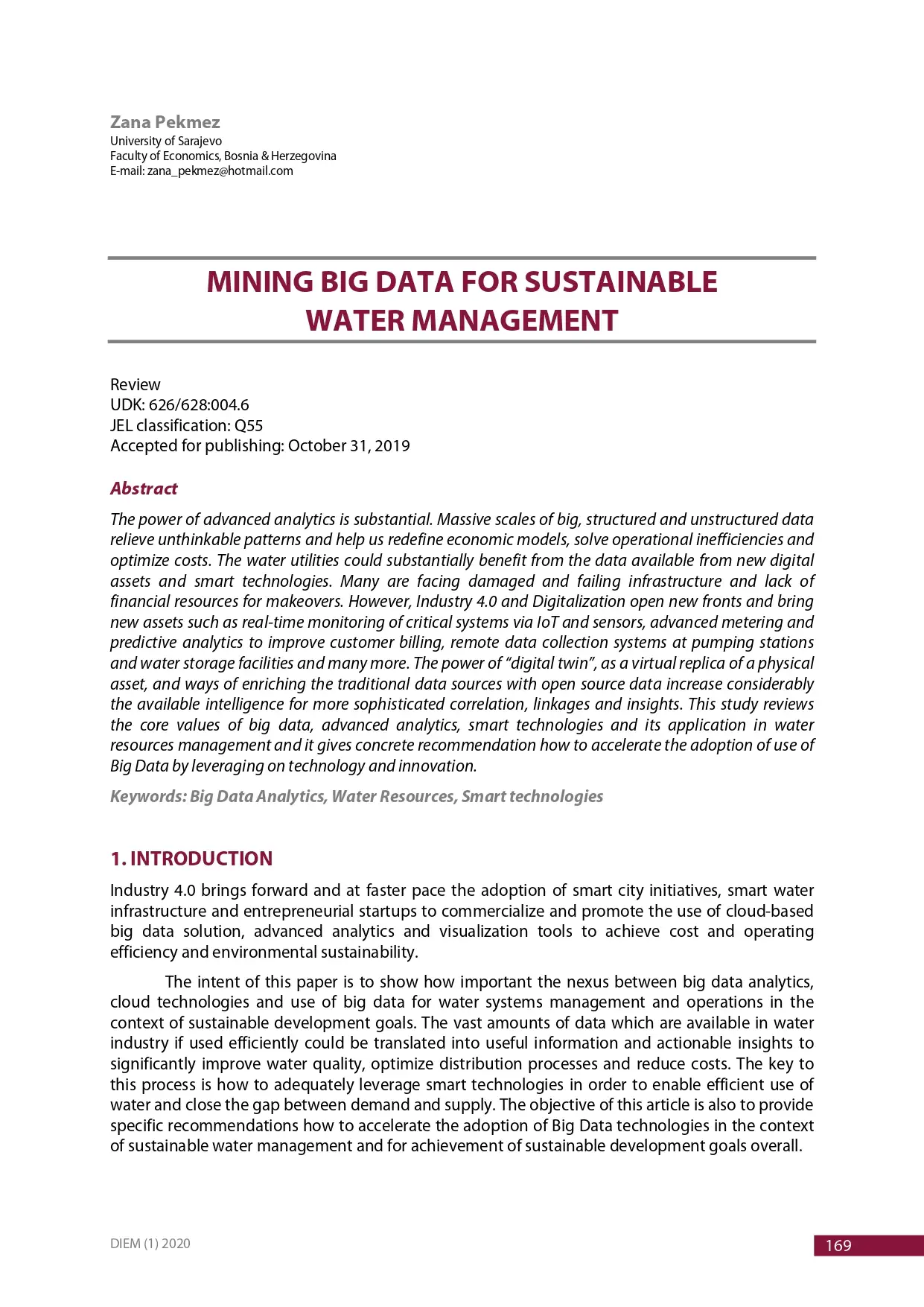
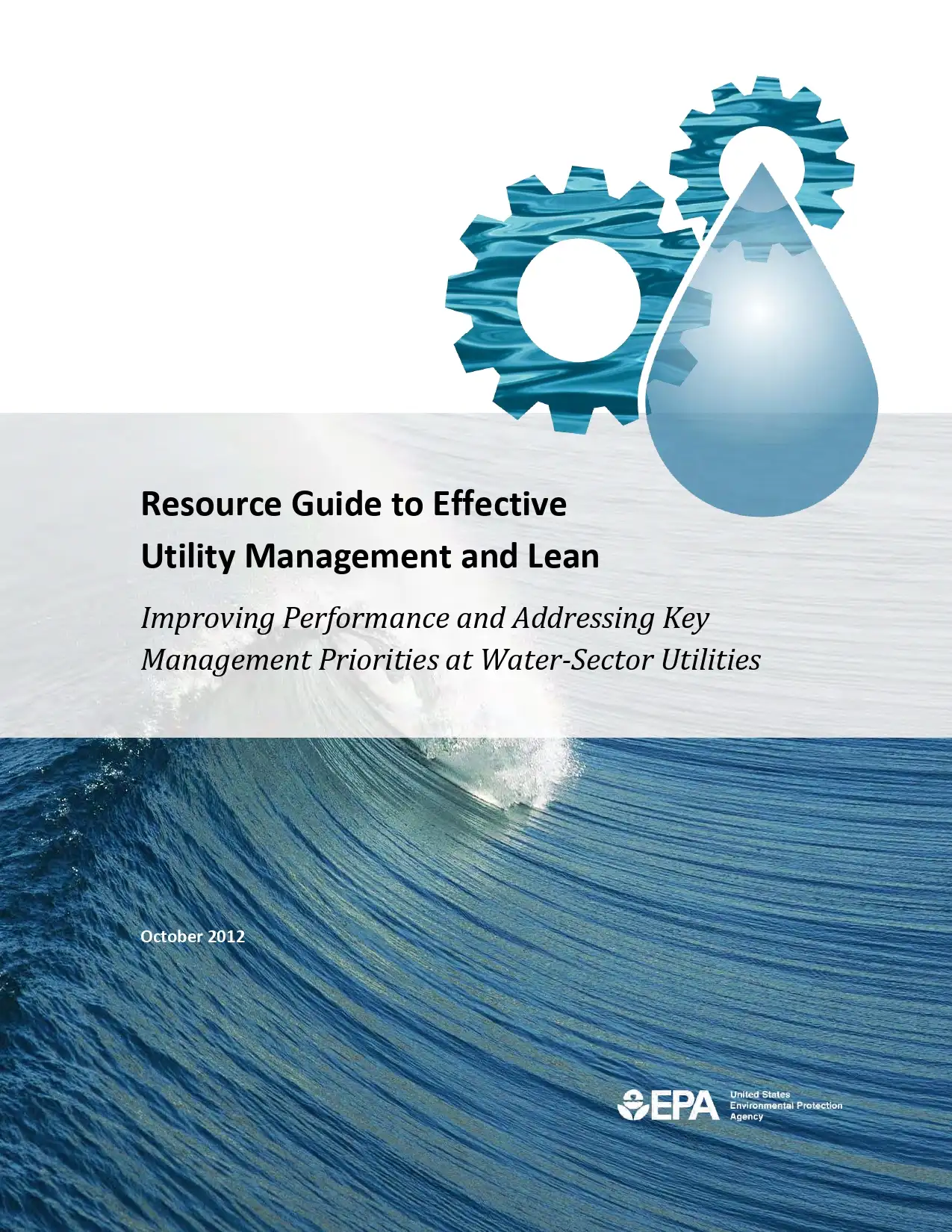
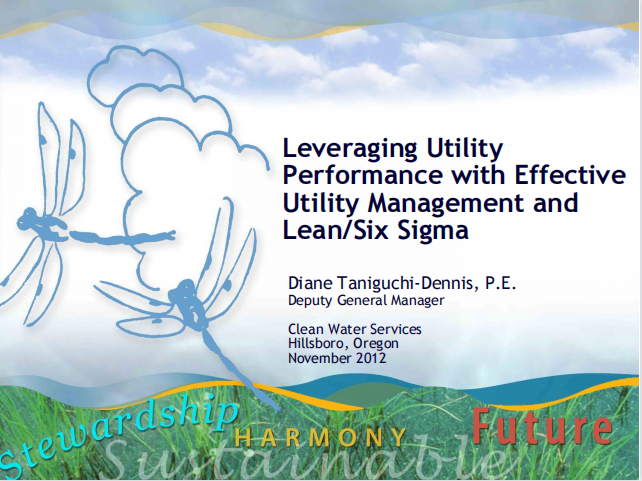

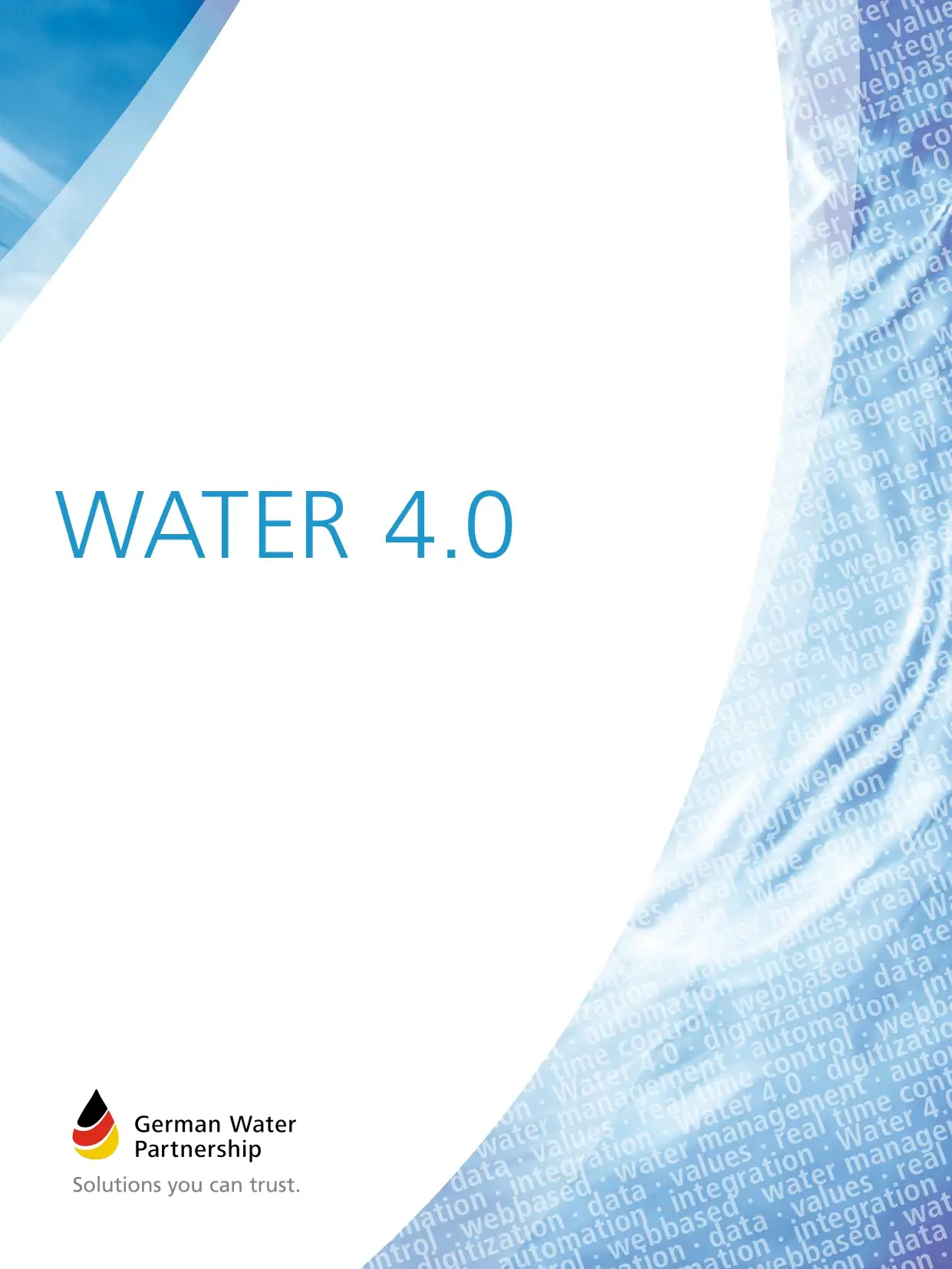
Reviews
There are no reviews yet.